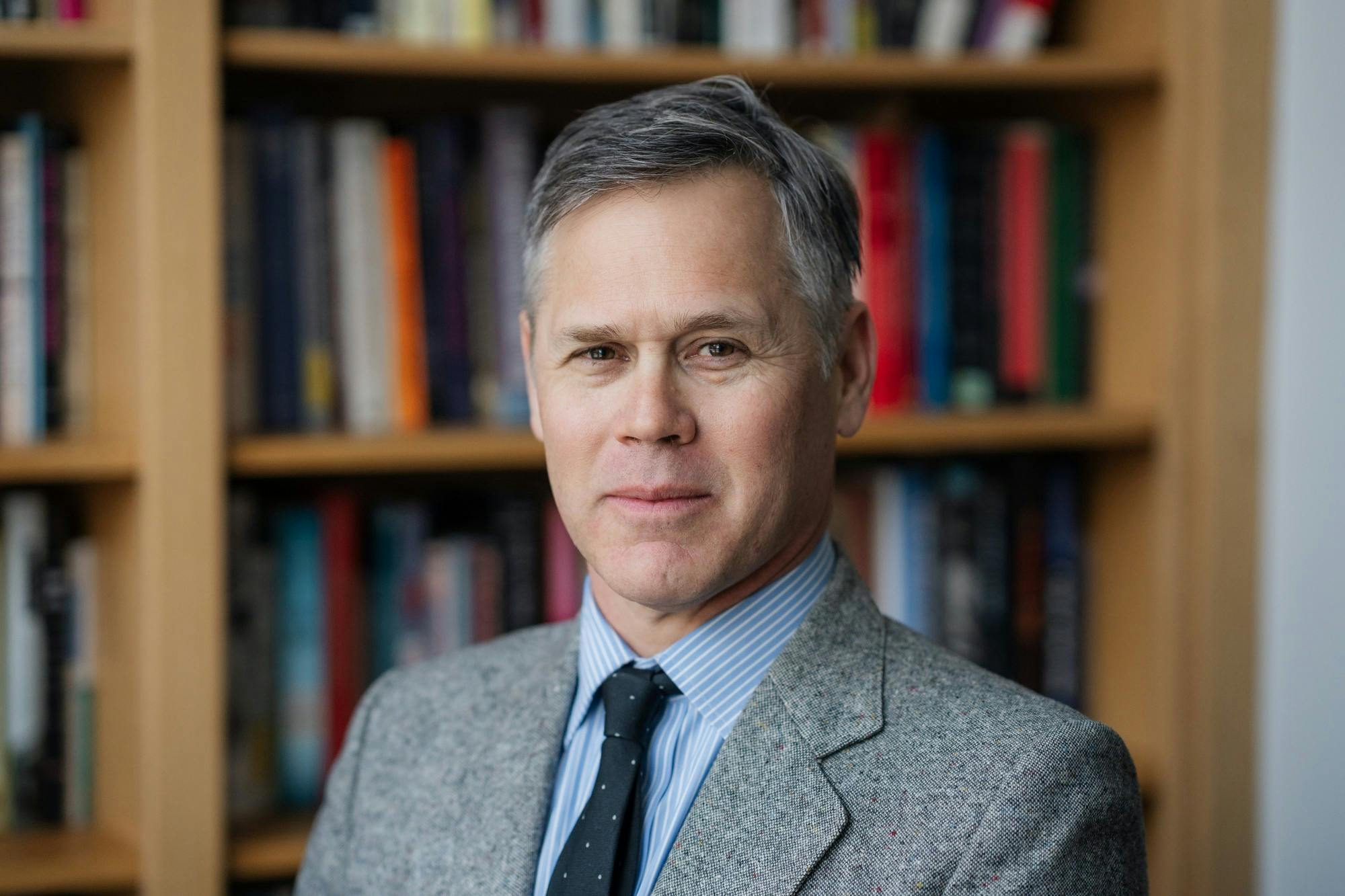History professor and Latin American, Latino, and Caribbean studies chair Matthew Garcia was appointed to the Scholarly Advisory Committee for the Smithsonian’s National Museum of the American Latino on March 15. The new museum is currently being built and will be ready for an audience within four years. According to the Smithsonian’s announcement, Garcia will be providing input on the curation of exhibits within the museum to promote knowledge of American Latino history, art and culture. Garcia sat down for an interview with The Dartmouth to discuss his reaction to the announcement and what he will do in his new role.
What was your initial reaction upon hearing the news?
MG: I was honored by it. It was the culmination of a lot of work with the Smithsonian. Way back when I started in the profession, I wrote my dissertation in the Smithsonian Castle and had a fellowship there. From there, I worked with the National Museum of American History on collecting oral histories with former guest workers, known as Braceros. That became one of the biggest Latino-related archives online.
What was the selection process like?
MG: It’s a complete mystery to me. I’m not 100 percent sure of the process, but there are 18 of us scattered throughout the country. I believe I’m the only person from the Ivy League, and there are three professors from UCLA. That gives you a sense of where a lot of Latino history and Latino Studies is. So, I don’t know how I was selected, but like I said, I had a pretty consistent relationship with the Smithsonian over the years.
What responsibilities will you have in this new position?
MG: We’re basically birthing one of the new museums in Washington, D.C. The creation of two museums were passed as part of legislation last year: the Museum of the American Latino and the American Women's History Museum. These two museums will likely be built on the National Mall, and the Smithsonian is researching locations now. As an advisory committee member, I’m advising on what goes into the Museum of the American Latino and planning for the exhibits and also what history we collect for those exhibits.
As you mentioned, legislation for the Museum of the American Latino passed in December 2020. Why do you think a museum like this is important, and why now in particular?
MG: Immigrants have made America what it is today and amongst immigrants, Latinos have figured very prominently. That is one reason why the time has come. It is ironic that it happened under a president that was intensely anti-immigrant and anti-Latino, and who came to office basically calling Mexicans rapists. That actually might have helped in Congress, because it was a way to stick it to Donald Trump, but it was really more about the importance of Latinos in American history and American society.
What are some issues or common experiences surrounding the Latino identity that you personally think are important to highlight?
MG: The Latino experience is one of contribution, but it’s also one of sacrifice. So, you have to balance what you might call the positive and negative when conveying this experience. The sacrifice is ongoing. We saw that during the pandemic, a lot of Latino immigrants were doing work that really could not be stopped. For example, look at our meat supply — a lot of the butchers that were cutting meat in the Midwest are Latinos, and they were forced to do that. So, it’s a vexed history. It’s a complicated history, one that shows America at its best and sometimes America at its worst.
Is this a concurrent appointment, or will you be leaving Dartmouth for the duration of this appointment?
MG: I will be serving Dartmouth simultaneously as I do this work. It is, at minimum, a two-year appointment and can be renewed for up to four years. By the end of this year, there will be a site for the new museum, and we’ll probably see it up and close to being finished within four years.
This year, as part of the National Museum of American History, the Smithsonian is launching their first gallery committed to Latinos, which is the Molina Family Latino Gallery that is opening in June. There’s also a museum called the Cheech that’s opening in Riverside, California. There’s a lot going on, not just in Washington D.C., and we’re informing all of it.
Have you met the others on the committee or worked with them yet? If so, what has that experience been like?
MG: We met this past weekend virtually for the first time. I know many of them. One of them is my mentor, who is now retired. She is a very important prominent historian of Latinos in the United States. Some are new to me, and for the inauguration of the Molina Family Latino Gallery in June, we are all coming to Washington D.C. We will have our first working meeting then. It will be an all-day meeting, talking about priorities, projects, and collection and exhibition.
What are you most excited for in this role?
MG: I would like us to move our history into a more contemporary period. So much of our history stops in the 1960s or 1970s, and the Latino population has changed so dramatically since then. In fact, the greatest amount of growth amongst Latinos has happened since the end of the 20th century. I think there’s a new narrative about farmworker history, and a new narrative about how Latinos have reshaped American cities and American culture.
We really need to tell history that connects with the younger generation. It’s not all about the old folks now. It’s about what Latinos in our living memory have done to transform this country, and I am most excited about doing that.
This interview has been edited and condensed for clarity and length.




